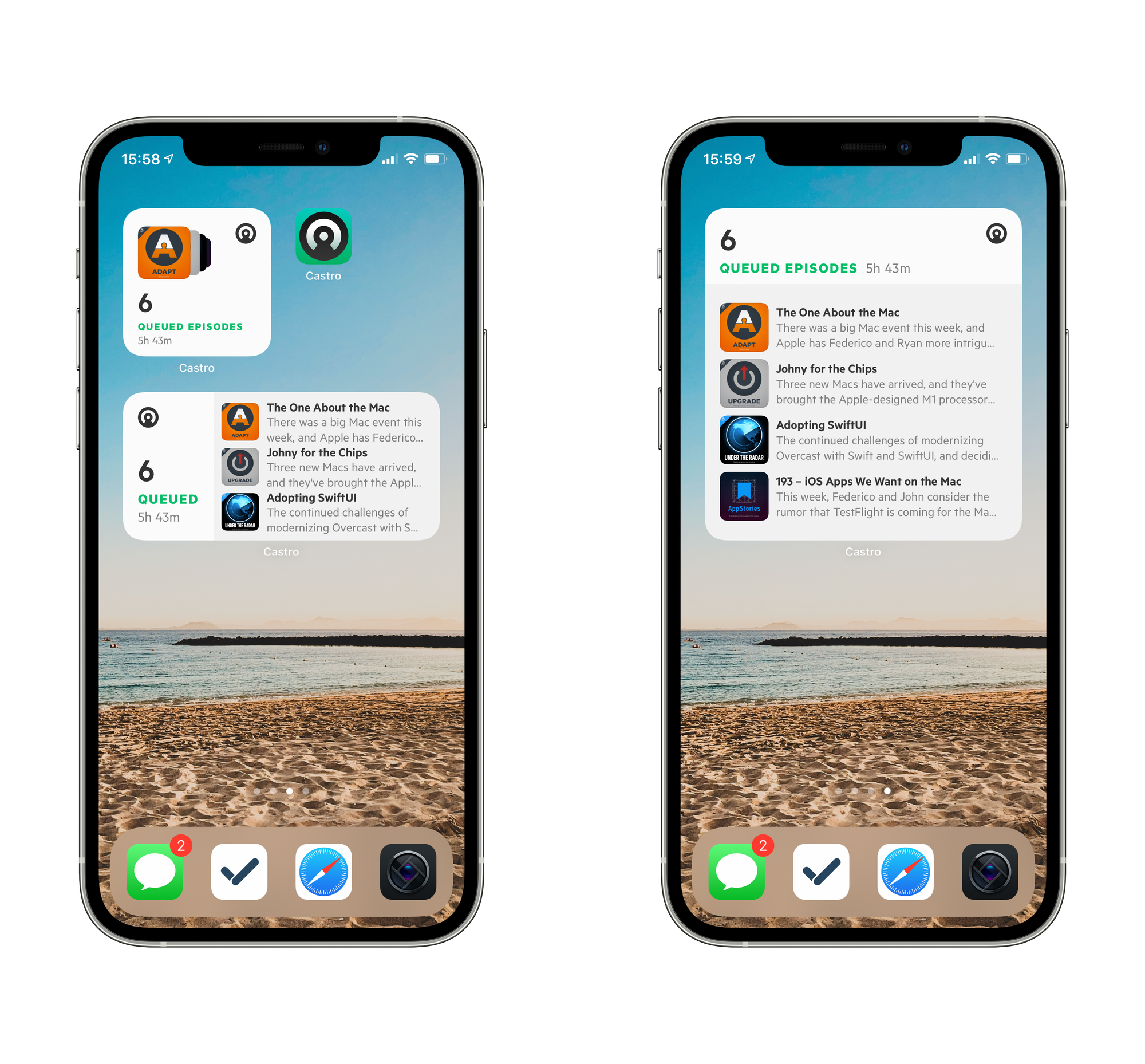So Apple has finally announced the first Macs that will run on Apple Silicon. To be specific, there is a new MacBook Air, MacBook Pro 13", and a new Mac Mini. And they all have the new M1.
This is still early on, and there's bound to be more information as time goes on, and as people eventually receive their machines. But, it leaves me with some questions regarding the M1, Apple's idea behind the Mac lineup, and Apple Silicon in general.
Is an M1 always an M1?
With all three new Macs having the M1 chip, I assumed that the only difference in power would be related to how much power it uses, and the thermal capacity of the machine. As in the Mac Mini is plugged in constantly, so it can draw more power. And the MacBook Air doesn't have a fan, so it needs to maintain a lower temperature.
But while it appears that the M1 is the same across the models, there is one machine which has a slight variant. The cheapest MacBook Air for some reason has an M1 with a 7-core GPU. And all of the other machines have an 8-core GPU.
So are all M1 chips the same? Does the "7-core GPU" variant actually have 8-cores, but one's switched off? Or did they literally make two options of the same chip, with 1 GPU core being the difference? If they are physically different, is does M1 represent a chip family?
Is CPU configuration now dead?
With the new M1s being the same, apart from the weird MacBook Air situation, there is now one less thing you can configure when purchasing a Mac.
Sure, you have the option of a 7-core or 8-core GPU on your MacBook Air, but this is not configurable in the same way that memory and storage are.
Maybe from now on, the chip will determine the model. And if Apple does start to separate Mac models by chip variants, will we ever be told more about them apart from the number of cores and the iteration?
What chip will be in the next tier of Macs?
Even if we class the Mac mini, MacBook Air, and MacBook 13" models as being transitioned to Apple Silicon, there are still four more models that run exclusively on Intel chips, the MacBook Pro 16", iMac, iMac Pro, and the Mac Pro.
I think they will obviously feature higher performant chips than the current M1 chips that are available. But I wonder how far they will go, and at what rate. Because although the MacBook Pro 16" is a laptop, it's the high-end model, and will therefore need to be much more powerful than the 13".
But when it comes to the other three models, they all have one benefit over the laptops, in that they have a constant power source. And the Mac Pro can go even further due to it's larger size.
Apple said they wanted to transition the whole Mac platform to Apple Silicon in around 2 years. But I wonder if this means only having Apple Silicon Macs available, or just by having an Apple Silicon option of every Mac, while still selling various Intel variants.
How many chip variants will Apple sell at once?
This isn't exactly a major question, but it will be interesting to see how many Apple Silicon chips will be available to buy at a single time.
When the whole platform has transitioned, I wonder if at one point they will all run the same M class chip with variants on certain models. And at what rate are they upgraded?
The iPhone chips are updated every year, so it will be good to see the same behaviour for M chips. Although would that mean every Mac gets updated every year? Or just certain models?
Is the memory limit a problem?
The Macs that have the M1 chip are all limited to a maximum 16GB memory. That doesn't seem great to me, since the Intel MacBook Pro 13" supports up to 32GB memory, double its replacement.
Maybe this is a technical limitation? I thought initially that it was a limitation from the M1 chip, but I've also seen suggestions that it's due to the type of memory, or even due to the heat generated from larger amounts of memory. So it could even be a product decision.
And although the limit is pretty small, will it actually be a problem? iPhones have much less ram than Android phones, and they're by no means slow. So maybe the tight integration of Apple Silicon and macOS will create the same benefit, and memory will go further on Apple Silicon than an Intel equivalent.
These are the questions I have right now, and I bet there's a load more that others want to be answered too. We'll simply have to wait and see what happens.





